Glyphosate or Monsanto's Roundup - A scientific and unbiased point of view
Keeping an open mind is paramount to any research. Personal biases are a researcher's worst nightmares. The scientific model is based on always questioning existing knowledge when new information about the subject comes out. The peer review is also a good guarantee of a scientific paper's acceptance. I am a computer programmer with a passion for science and I will dissect this subject for and with you, explore the basic beliefs and misconceptions about glyphosate. Since I didn't see enough information on Steemit on this subject and I have done a lot of reading on this subject over the last few years, I will summarize what I learned until now.
History
Glyphosate (N-(phosphonomethyl)glycine) or [(phosphonomethyl)amino]acetic acid is a broad-spectrum systemic herbicide and crop desiccant. Being a phosponate, it is used to kill weeds, mostly broadleafs and other crop-competing grasses. The discovery was made by John E. Franz in 1970 and he was a Monsanto chemist. It was marketed in 1974, as Roundup and the patent expired in 2000. This means that anyone can market a product based on glyphosate and has access to the original studies. The generic glyphosate is produced by a large number of producers, with the larger players being Syngenta, DuPont, Aventis, Dow, and BASF .
How does it work?
Being a non selective, post emergence herbicide it is used to spray the crops. It is soluble in water and absorbed through the leaves and inhibits amino acid metabolism in the Shikimate pathway. The Shikimate pathway or shikimic acid pathway is a metabolic route only found in plants and not animals.
According to Wikipedia:
The shikimate pathway (shikimic acid pathway) is a seven step metabolic route used by bacteria, fungi, algae, some protozoan parasites and plants for the biosynthesis of folates and aromatic amino acids (phenylalanine, tyrosine, and tryptophan). This pathway is not found in animals, which require these amino acids, hence the products of this pathway represent essential amino acids that must be obtained from bacteria or plants (or animals which eat bacteria or plants) in the animal's diet.
Because the plant tissue is being deteriorated, the weed wilts and dies after a few days from the treatment.
Since it attacks the shikimic acid pathway and all plants have this characteristic, this means that the original crop is also being damaged. To prevent this, genetically modified versions of the crops are produced that are resistant to the desiccant. To assist the penetration of the herbicide in the plant's cell, most of the desiccants use additional surfactants to the mix. Some companies add more and some try to reduce the concentration of the surfactants. This is a per recipe concentration and might affect the results of the studies in different ways, as some of these surfactants are not analyzed individually.Glyphosate in the European Union
Currently, in the EU, no GM herbicide resistant crops have been authorized for production, pending additional research. The ones waiting for approval are 10 GM varieties of maize, the others being for cotton, sugar beet and soybeans.
Good Monsanto - Bad Monsanto?
The bad Monsanto fame came from another Monsanto company, which was founded in 1901, namely Monsanto Chemical. It got bad reputation from being one of the companies that produced the famous Agent Orange ( a fast vegetation remover that was used in the Vietman jungles in order to prevent the Vietnamese from overrunning the American fighting positions). The main ingredient was Dioxin, which is classified as a poison now. It also sold DDT, a dairy cow growth hormone and Aspartame. The development of that company was badly affected by the bad press and the Monsanto Chemical was closed in the 80s and the company invested in bio genetics research to prevent further controversies regarding its products. Somehow it seems that they failed at doing that.
But it didn't occur until Monsanto came to Europe in 1994, in the middle of the Mad Cow disease epidemic. Europeans had to educate themselves rapidly on the subject and were suspicious of genetically modified organisms. Monsanto was so sure that the people would realize their own misinformation that they ran a $1.6 million campaign saying: "Food biotechnology is a matter of opinions. Monsanto believes you should hear all of them." In the same ad there were the phone numbers of many NGO's, including Greenpeace.
This backfired on Monsanto, as the public believed the ad was insincere.
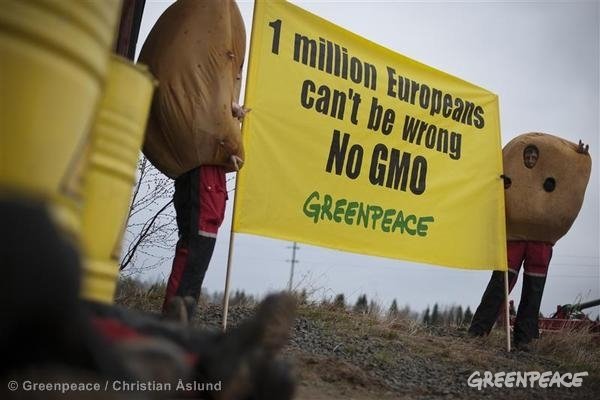 But I have found errors of logic in both camps.
But I have found errors of logic in both camps. Monsanto tried to use the business model of "dot com" by viewing its seeds as proprietary technology and wanted farmers to buy seeds as yearly subscriptions. By also setting up a hotline in which other farmers could tip off Monsanto to patent infringements, they paved they way to a massive public relations problem.
Over time this problem got bigger and bigger, with the Internet contributing to the fast spread and resistance increase, memes and disinformation websites caught on, monetizing people's fears for their own benefit.
Glyphosate in the US. What do farmers say
They are the ones buying it after all and using it to make a living. After its sale in 1970's, its use has gone close to a 10000% growth. Farmers also use higher dosage than before because of the emergence of the desiccant and Glyphosate resistant weeds. Many farmers view the Glyphosate based solution as a way to reduce the known problems associated to other herbicides: wind drift and other crop damage, reduced efficacy and documented health risks.
Environmental considerations
Before Glyphosate the farmers used another prevalent solution against weeds, called Atrazine, a highly toxic herbicide that would cause residues to build in the soil and affect its future cultivability.
Compared to Atrazine, Glyphosate does not make tillage mandatory or needed after a season or some seasons. Tillage is the biggest cause of topsoil erosion and was linked to reduced yield and field "exhaustion".
That being said, other reports say that glyphosate can bind to clays making it unbind at a later time when water is prevalent in the soil, contaminating the future crop yield if a non GM crop is subsequently used. (4) - See bottom of the article.
Furthermore, the presence of glyphosate in the soil might damage the delicate balance of the bacteria and fungi that might lead to other unsurfaced plant diseases. (4) - See bottom of the article.
The earthworm population might also be affected as some Argentinean researcher found, causing DNA damage, and in some cases the earthworms were found to avoid the soils being treated. Their growth seemed to also have been reduce and the cocoon-hatching was delayed. (5)(6) - See bottom of the article.
Concerns over human health.
There are a lot of theories about how Glyphosate works and a lot of bad information out there, teeming with half-truths and misconceptions. I was even bombarded with requests from so called environmental agencies to vote on the ban of the product and Monsanto in particular. For the sake of science I will try to focus on the evidence found by big and relevant cohort studies or individual ones, but done according to the scientific method and formally published.
One of the bigger recent studies, published on 9 Nov. 2017 in the Journal of the National Cancer Institute(part of the University of Oxford), found that there was no association between glyphosate "and any solid tumors or lymphoid malignancies overall, including non-Hodgkin Lymphoma and its subtypes" but they uncovered that there is a "not statistically significant evidence of increased risk of acute myeloid leukemia among the highest exposed group".
This study took a closer look at 54251 farmers, of which 44932 (82.8%) used glyphosate. The cancer cases among those farmers were 5779 (79.3%). For the more passionate of you I paste, the study statistical findings, I hope Cheetah won't mind :
However, among applicators in the highest exposure quartile, there was an increased risk of acute myeloid leukemia (AML) compared with never users (RR = 2.44, 95% CI = 0.94 to 6.32, Ptrend = .11), though this association was not statistically significant. Results for AML were similar with a five-year (RRQuartile 4 = 2.32, 95% CI = 0.98 to 5.51, Ptrend = .07) and 20-year exposure lag (RRTertile 3 = 2.04, 95% CI = 1.05 to 3.97, Ptrend = .04).
What I did find interesting is that this study which everyone seems to point to is not about ingesting the product in very small amounts, it only considers exposure to extreme doses of it on the skin.
A big study done in 2001, by the Agricultural Health Study found no associations with glyphosate use and cancer.
Another study done in 2015 by the International Agency for Research on Cancer found glyphosate as "probably carcinogenic to humans ", based on mechanistic evidence and positive associations for non Hodgkin Lymphoma in epidemiologic studies. But the next year, it turned the report around, after following up with another news report , saying that the pesticide is "unlikely to pose a carcinogenic risk to humans from exposure throught the diet":
However, it is notable that the only large cohort study of high quality found no evidence of an association at any exposure level. Glyphosate has been extensively tested for genotoxic effects using a variety of tests in a wide range of organisms. The overall weight of evidence indicates that administration of glyphosate and its formulation products at doses as high as 2000 mg/kg body weight by the oral route, the route most relevant to human dietary exposure, was not associated with genotoxic effects in an overwhelming majority of studies conducted in mammals, a model considered to be appropriate for assessing genotoxic risks to humans. The Meeting concluded that glyphosate is unlikely to be genotoxic at anticipated dietary exposures.
A dose of 2 grams per kg body of ingested glyphosate is a lot of glyphosate to ingest, by any standard. Using the median statistics from CDC ,for an adult of 185 lbs or 84 kg, this would mean an ingested dose of 186 grams or 5.92oz. It is unclear if this is the dose that should be at the test time in the body or if it is spread over a period of a few hours or days, maybe an epidemiologist might help me.
My personal thoughts on this
This article made me dig a lot more than I expected to and actually gave me a headache, but I am ready to sum up my conclusions on the matter:
The world needs villains
A few months ago I read this article that included a quote I want to share with you:
“The whole debate has gotten so very, very polarized,” says Glenn Stone, an anthropologist at Washington University in St. Louis, who has written extensively about GM. The less analytical and more emotional the conversation becomes, says Stone, the more the anti-GMO movement needs “bad guys” to “appeal to those parts of the brain that get excited and run on fury and outrage.” Monsanto has clearly become that bad guy in what he calls the “rhetorical death struggle” that is the GMO debate.
I hope to be able to gather support from other scientists and even though the hope to finally put this issue to rest is far from being possible, to at least get more exposure to this subject and the wonders of science in general.
Sources:
The text is mine after documenting from a huge number of websites, PDF's and sources, mostly in the last year or so, documentation that I did before I ever knew about Steemit.
Additional sources not referenced inline in the article, which I used to document and pulled some ideas from: 1
2
3 and some more I found referenced in what I said but I couldn't find them without a subscription. I could probably search more and eventually source them online if needed.
4 - Casabé N, Piola L, Fuchs J, Oneto ML, Pamparato L, Basack S, Giménez R, Massaro R, Papa JC & Kesten E. 2007: Ecotoxicological assessment of the effects of glyphosate and chlorpyrifos in an Argentine soya field. Journal of Soils and Sediments, 7: 232-239.
5- Springett AJ & Gray RAJ. 1992. Effect of repeated low doses of biocides on the earthworm
6 - Aporrectodea caliginosa in laboratory culture. Soil Biology and Biochemistry 24: 1739-1744. Yasmin S. and D’Souza D.,2007. “Effect of pesticides on the reproductive output of Eisenia fetida,” Bulletin of EnvironmentalContamination and Toxicology, 79:. 529–532
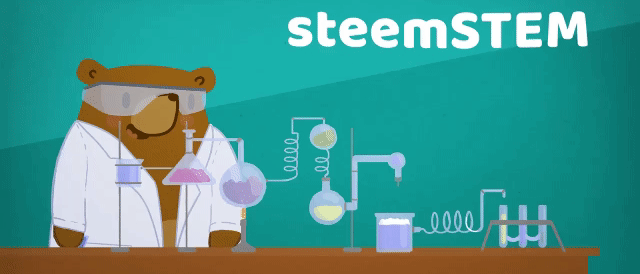



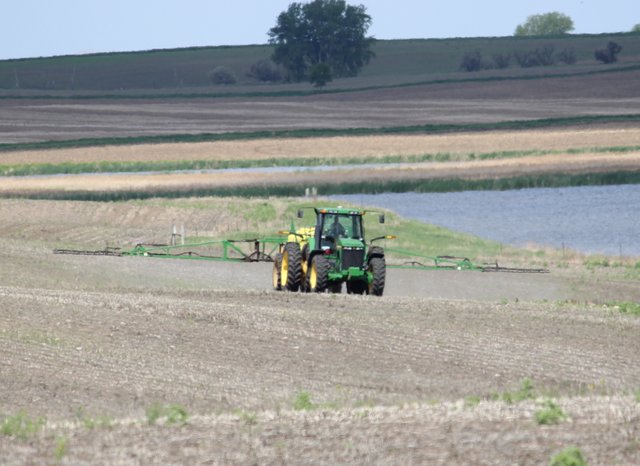
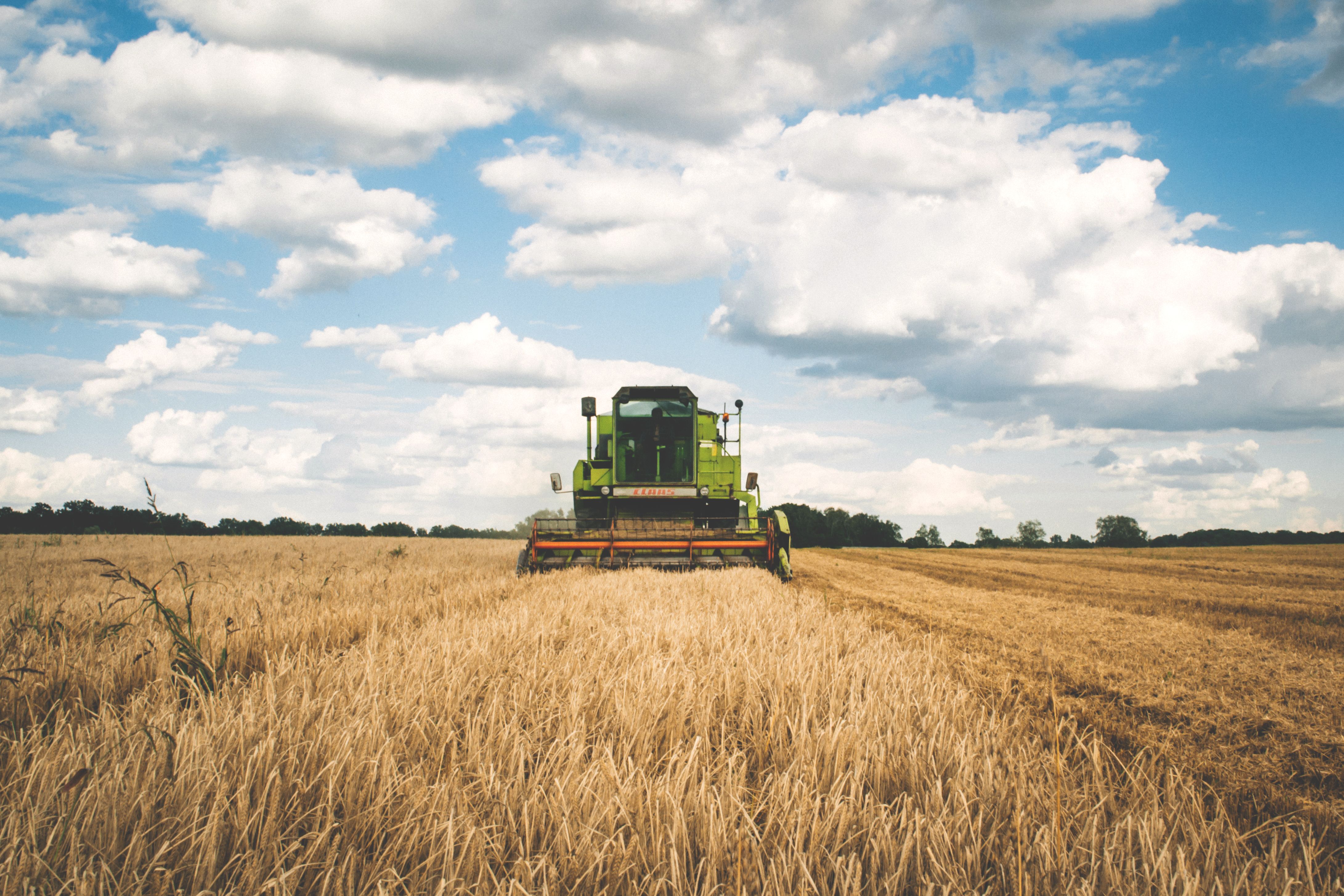
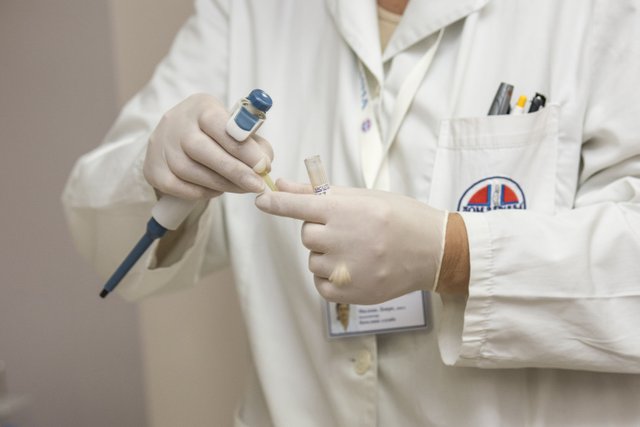

Man I wish more people on the internet thought like this. :(
Good job.
Slowly. It seems that we must educate the world as the governments are not capable of funding that. I am not talking about your government as I know it's one of the best :)

In my country there was only one hospital made by the government since 1989, and it was only last year. The same year in which we, the citizens,donated to an NGO to build another hospital of our own :
Estimated cost: 8.000.000 euro
Start of construction: December 2017
End of construction: March 2019
We are already competing with the government to provide social protection to fellow citizens.
Congratulations @alexdory! You have completed some achievement on Steemit and have been rewarded with new badge(s) :
Click on any badge to view your own Board of Honor on SteemitBoard.
For more information about SteemitBoard, click here
If you no longer want to receive notifications, reply to this comment with the word
STOPGreat breakdown mate. I've been a big anti-anti-GMO advocate for a long time. I must say some of the things I've read here I could argue with, but that being said, I wont!
You've clearly done your resaerch and taken a really unbias approach.
Thanks a lot! I would really like to hear your opinions of it, I am not writing for the reward but this is one of the subjects that is clearly one of the most if not the most discussed online and I wanted to bring my contribution to tilt the balance towards science and review. I am also not used to writing scientific papers, I usually write software technical documentation.
thank you for this @alexdory you clearly pointed out your opinion on this matter.
Thanks!
And cheetah did mind xD
There are many studies saying not to use them and many studies saying it's safe to use them, at the end of the day i prefer to get my greens from the local farmers, which i trust, if i get crypto rich, ill buy a farm and cultivate stuff for my own consumption.
Great unbiased post @alexdory, i also mentioned agent orange on my last post! Didn't know the company that "fabricated" it was also called Monsanto
You stole my idea. I would also want to start up a farm and an orchard. In ten years time at most, regardless of crypto success. I am thinking of a bulletproof European Funding Project or start low and grow. That's what I'm training for on steemit, writing :D
When you have your farm, send me some vegetables, my farm is a little further down the road... probably 20 years, if i get lucky
Will do! :)
This was a really good article with a lot of good information. I appreciate your neutral ground in covering the topic. I grew up in the town that Dow built. Dioxins are pretty much an everyday word where I lived. There is a river right near the house where I grew up that you can fish in, but you wouldn't eat anything out of there. Having just been diagnosed with a cancerous tumor I can't help but wonder if it is somehow tied together. It could totally be an unfortunate coincidence, but like I said, it just makes you wonder. Thanks again for covering the topic so thoroughly. -@bozz
I just hope you found it in time since there's a good chance of being able to remove it.
I will touch other sensitive subjects and try to bring light to those interested to hear it, while also writing about other scientific subjects. Thanks for reading!
The question I always ask people who support glyphosate/GMO use is?
"If there is nothing concerning about glyphosate use and GMO crops then why is the government so against labeling products?"
People who do not care or think it is safe will still buy it correct? Why not give people choice? isn't that what democracy is all about?
This article is about the scientific debate. I also support the labeling, though. I live in Europe so when I buy eggs for example I can choose the ones that are BIO and come from chickens living on the ground that eat natural cereals instead of from batteries and stuffed protein-mix. So yes, I think it's normal.
Congratulations! This post has been upvoted from the communal account, @minnowsupport, by alexdory from the Minnow Support Project. It's a witness project run by aggroed, ausbitbank, teamsteem, theprophet0, someguy123, neoxian, followbtcnews, and netuoso. The goal is to help Steemit grow by supporting Minnows. Please find us at the Peace, Abundance, and Liberty Network (PALnet) Discord Channel. It's a completely public and open space to all members of the Steemit community who voluntarily choose to be there.
If you would like to delegate to the Minnow Support Project you can do so by clicking on the following links: 50SP, 100SP, 250SP, 500SP, 1000SP, 5000SP.
Be sure to leave at least 50SP undelegated on your account.
Hey, sry that i'm late to that article.
It's very well written and researched. I reached a very similar conclusion when I wrote about it some months ago (although I just took it as example to demonstrate which information we are allowed to extract from which type of study).
I think having scientists in the media who are really able to analyze data is the key for a better communication of - maybe unpopular - results and the battle against hyperventilating misinformation.
Don't worry, I don't expect you to vote my every article, but it makes me feel good knowing your background on the subject. The only time I wrote a serious medical scientific paper before was when my mother submitted her Medical Doctor's PhD and I helped her with the English translation and technical support of Word and Excel. You now know where my medical education comes from.
I was a fact checker for some online publications, but I had to give it away to migrate to Steemit. I hope I can do some good with Steemit, you will see soon what I am talking about :)
Thanks for the support!